

Caesarea Philippi
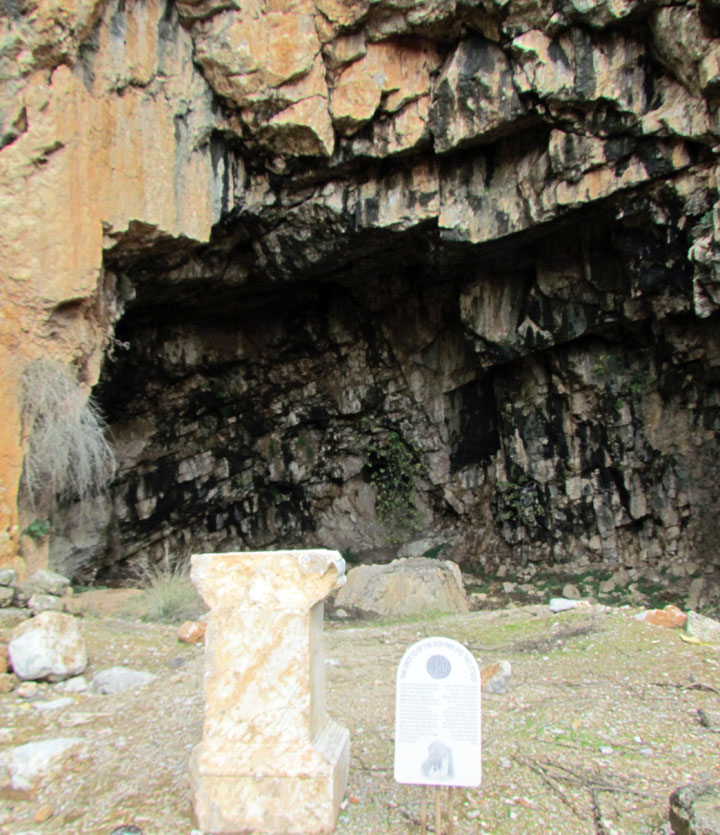
Pan Grotto
Caesarea Philippi was an ancient Roman city located at the southwestern base of Mount Hermon (Har Hermon or Arabic Jebel esh-Sheikh). The city is mentioned in the gospels of Matthew, and Mark. The city was located within the region known as the "Panion" (the region of the Greek god Pan). Named after the deity associated with the grotto and shrines close to the spring called "Paneas". Today, the city, now no longer inhabited, is an archaeological site located within the Golan Heights.

While Baniyas does not appear in the Old Testament, Philostorgius, Theodoret,
Benjamin of Tudela and Samuel ben Samson all incorrectly identified it with
Laish (Tel Dan). While Eusebius of Caesarea accurately places Dan/laish in the
vicinity of Paneas at the fourth mile on the route to Tyre.
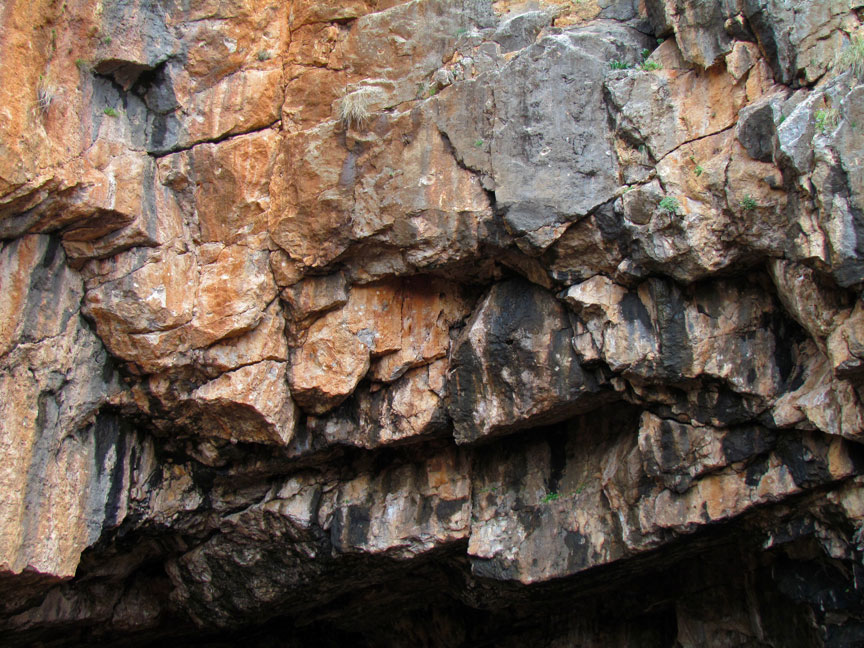
Alexander the Great's conquests started a process of Hellenisation in Egypt and
Syria that continued for 1,000 years. Paneas was first settled in the
Hellenistic period. The Ptolemaic kings, in the 3rd century BC, built a cult
centre.
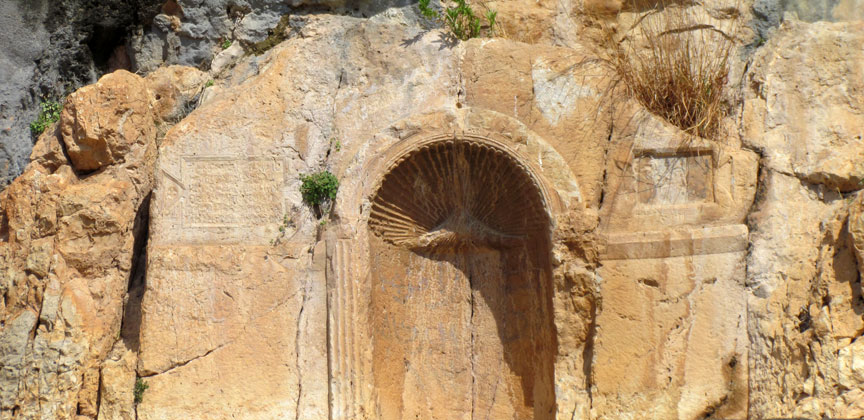
The building on the slope of the cliff is the shrine of Nebi Khader.
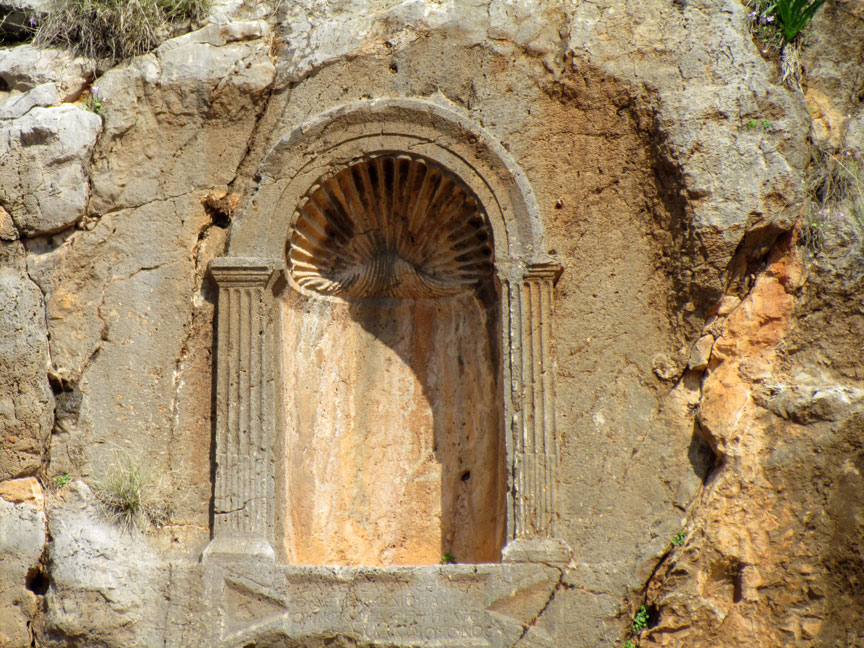
Panias is a spring, also known as Banias, named for Pan, the Greek god of
desolate places. It lies close to the fabled "way of the sea" mentioned by
Isaiah. Along which many armies of Antiquity have marched. In the distant past a
giant spring, gushed from a cave in the limestone bedrock, tumbling down the
valley to flow into the Huela marshes. Currently it is the source of the stream
Nahal Senir. Whereas previously the Jordan River rose from the malaria infested
Huela marshes it now rises from this spring and two others at the base of Mount
Hermon. The flow of the spring has decreased greatly in modern times. The water
no longer gushes from the cave, but only seeps from the bedrock below it. Paneas
was certainly an ancient place of great sanctity and when Hellenised religious
influences were overlaid on the region, the cult of its local numen gave place
to the worship of Pan, to whom the cave was dedicated and from which the copious
spring feeding the Huela mashes rose and ultimately supplied the river Jordan.
The pre-Hellenic deities that have been associated with the site are Ba'al-gad
or Ba'al-hermon.
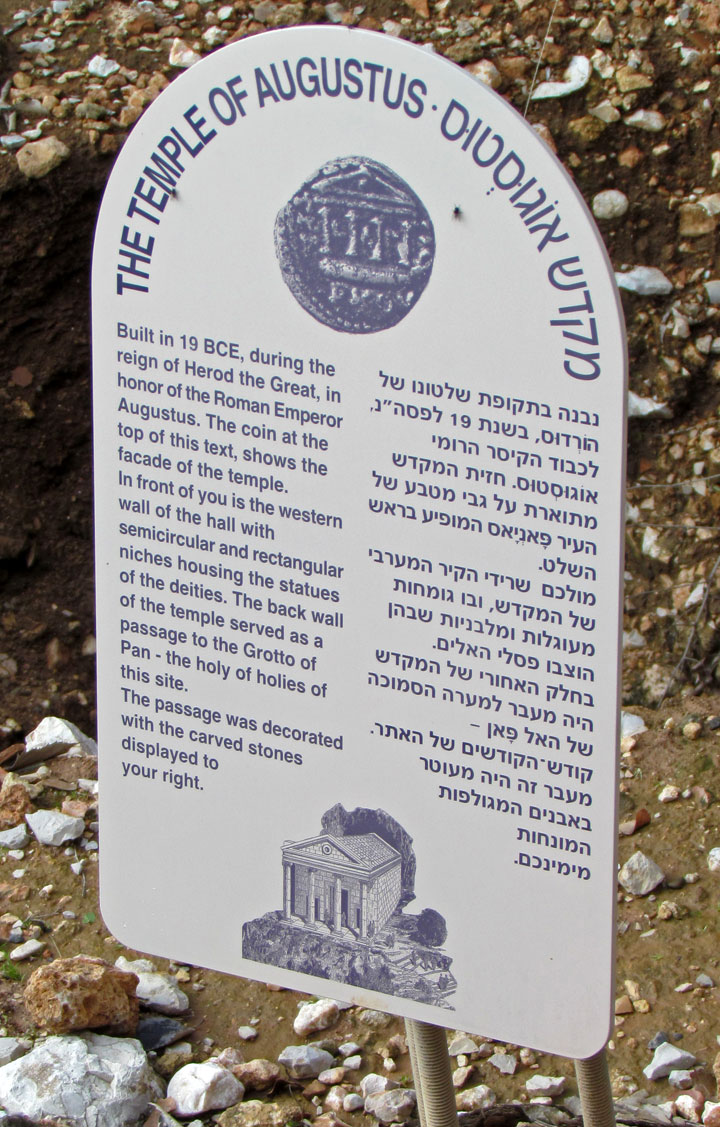
In extant sections of the Greek historian Polybius's history of "The Rise of the
Roman Empire", the Battle of Panium is mentioned. The battle of Panium occurred
in 198 BC between the Macedonian armies of Ptolemaic Egypt and the Seleucid
Greeks of Coele-Syria, led by Antiochus III. Antiochus's victory cemented
Selucid control over Phoenicia, Galilee Samaria and Judea until the Maccabean
revolt. The Hellenised Sellucids built a pagan temple dedicated to Pan, (a
goat-footed god of victory in battle [creator of panic in the enemy], desolate
places, music and goat herds), at Paneas.
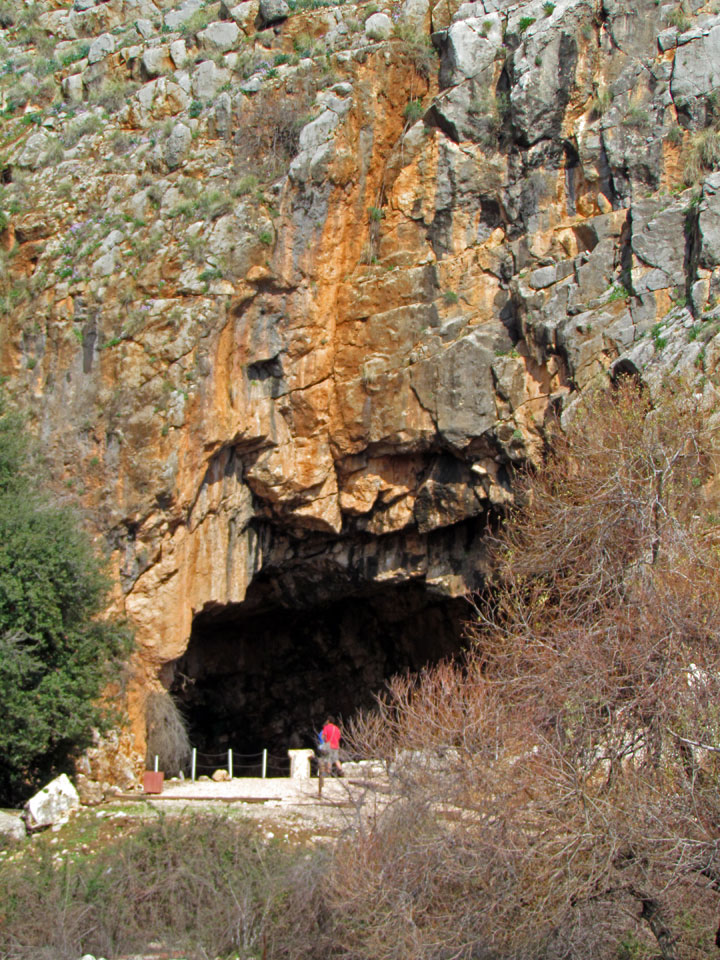
On the death of Zenodorus in 20 BC, the Panion, which included Paneas was
annexed to the Kingdom of Herod the Great. He erected here a temple of "white
marble" in honour of his patron. In the year 3 BC, Philip II (also known as
Philip the Tetrarch) founded a city at Paneas. It became the administrative
capital of Philip's large tetrarchy of Batanaea which encompassed the Golan and
the Hauran. Flavius Josephus in Antiquities of the Jews refers to the city as
Caesarea Paneas; the New Testament as Caesarea Philippi (to distinguish it from
Caesarea Maritima on the Mediterranean coast). In 14 AD Philip II named it
Caesarea (in honour of the Roman Emperor Caesar Augustus) and "made
improvements" to the city. His image was placed on a coin issued in 29/30 AD (to
commemorate the founding of the city), this was considered as idolatrous by Jews
but was following in the Idumean tradition of Zenodorus.
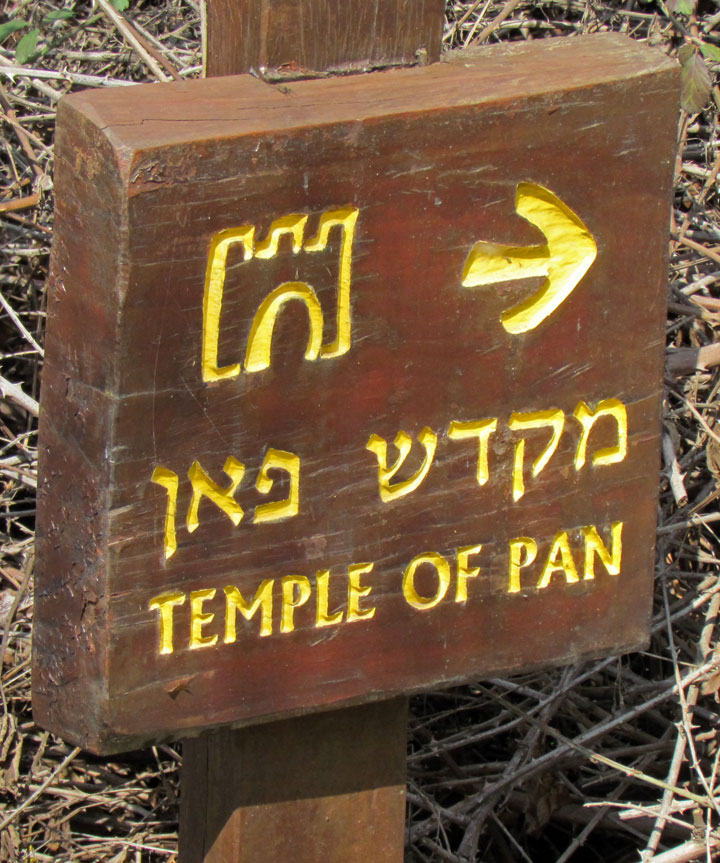
On the death of Philip II in 33 AD the tetrachy was incorporated into the
province of Syria with the city given the autonomy to administer its own
revenues.
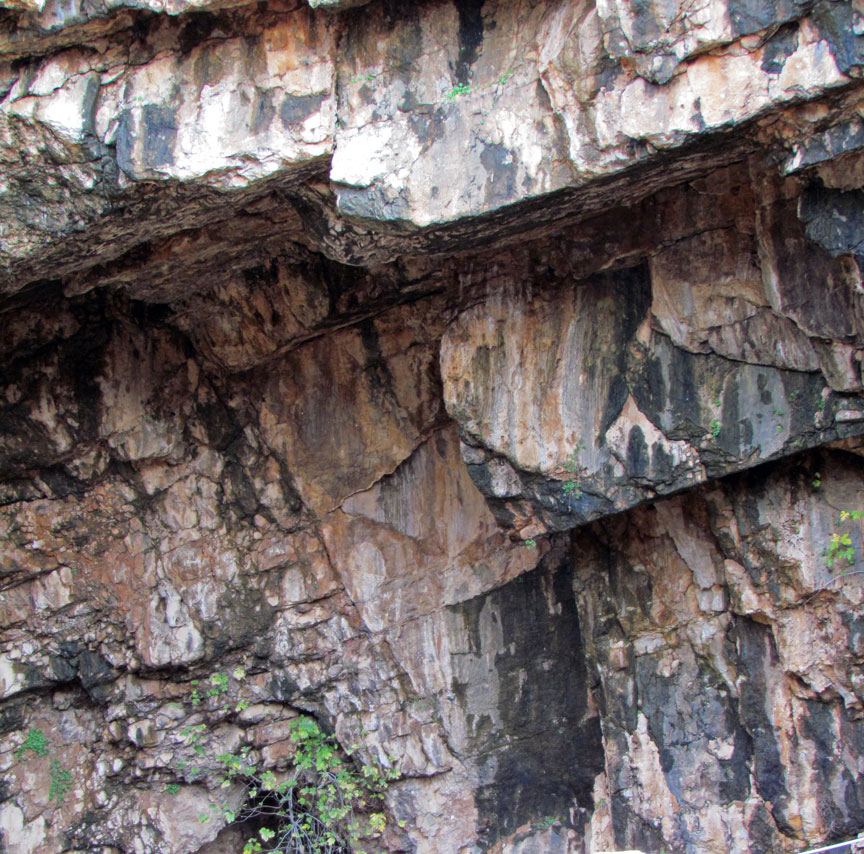
In 61 AD the king Agrippa II renamed the administrative capital as Neronias in
honour of the Roman emperor Nero, but this name held only till 68 AD. Agrippa
also carried out urban improvements
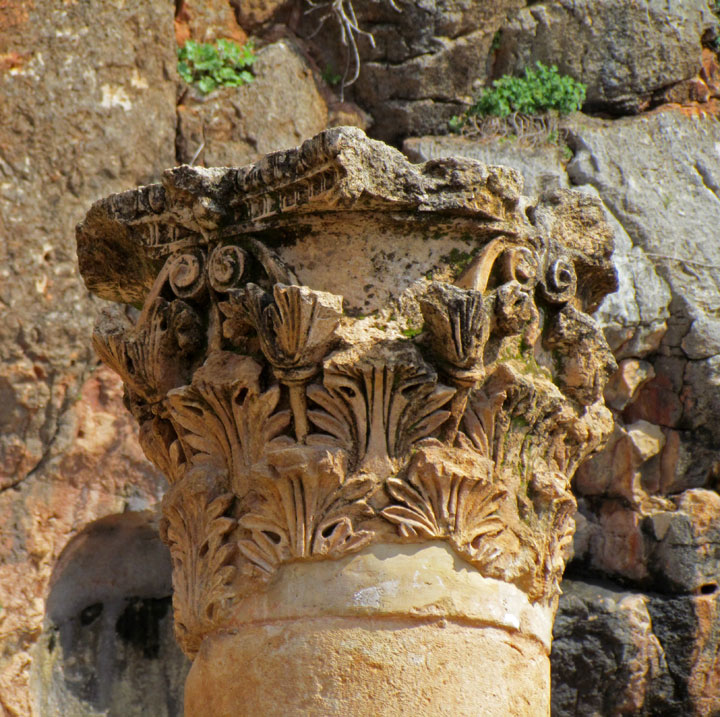
During the First Jewish–Roman War Vespasian rested his troops at Caesarea
Philippi in July 67 AD holding games over a period of 20 days before advancing
on Tiberias to crush the Jewish resistance in Galilee.

In the Synoptic Gospels, Jesus is said to have approached the area near the
city, but without entering the city itself. Jesus, while in this area, asked his
closest disciples what they thought of him. Accounts of their answers, including
the Confession of Peter, are found in the Synoptic Gospels of Matthew, Mark, and
Luke, as well as in the Gospel of Thomas.
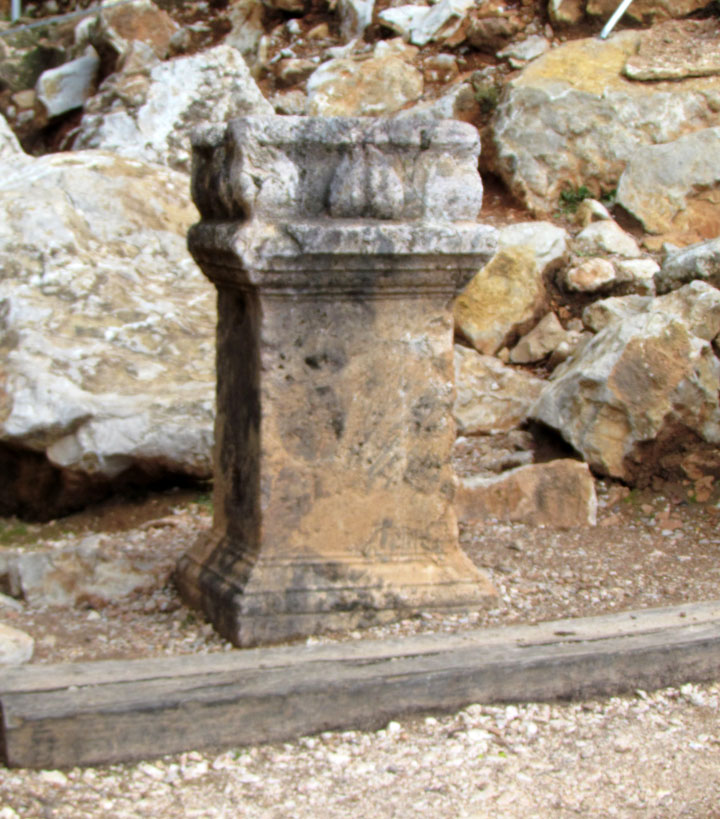
Here Saint Peter made his confession of Jesus as the Messiah and the "Son of the
living God", and Christ in turn gave a charge to Peter.
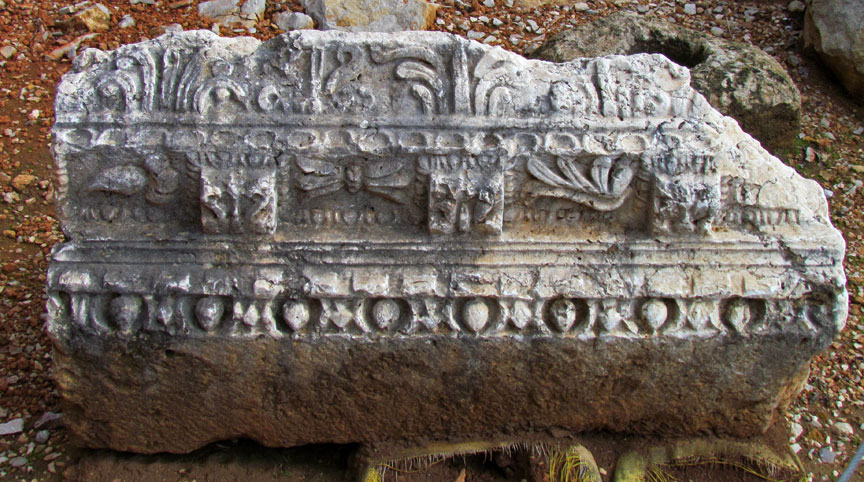
A woman from Paneas, who had been bleeding for 12 years, is said to have been
miraculously cured by Jesus. After she was cured she had a statue of Christ
erected.
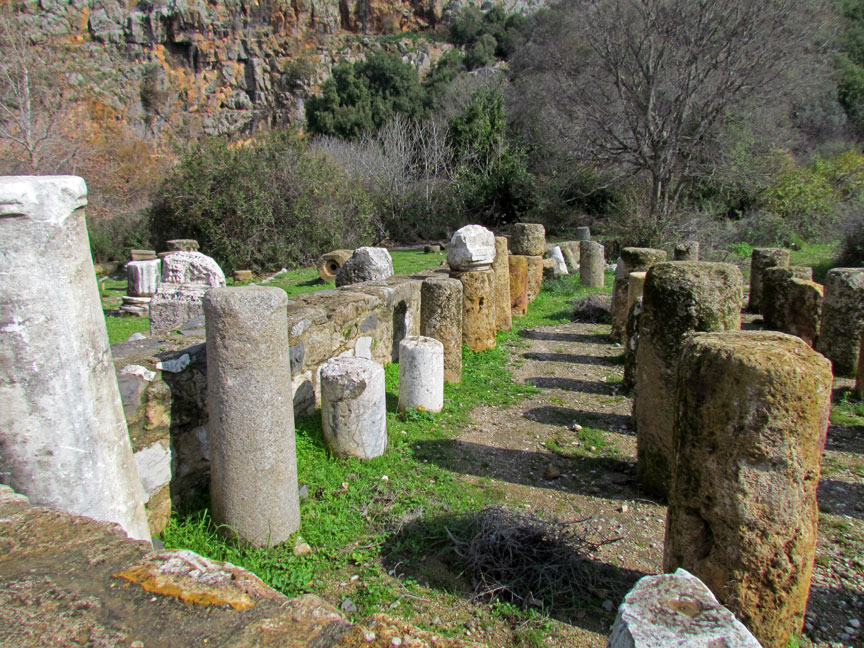
On attaining the position of Emperor of the Roman Empire in 361 Julian the
Apostate instigated a religious reformation of the Roman state, as part of a
program intended to restore the lost grandeur and strength of the Roman State.
He supported the restoration of Hellenic paganism as the state religion. In
Panease this was achieved by replacing the Christian symbols. Sozomen describes
the event surrounding the replacement of a statue of Christ:
”Having heard that at Casarea Philippi, otherwise called Panease Paneades, a
city of Phoenicia, there was a celebrated statue of Christ, which had been
erected by a woman whom the Lord had cured of a flow of blood. Julian commanded
it to be taken down, and a statue of himself erected in its place; but a violent
fire from the heaven fell upon it, and broke off the parts contiguous to the
breast; the head and neck were thrown prostrate, and it was transfixed to the
ground with the face downwards at the point where the fracture of the bust was;
and it has stood in that fashion from that day until now, full of the rust of
the lightning.”

In 635 Paneas gained favorable terms of surrender from the Muslim army of Khalid
ibn al-Walid after the defeat of Heraclius’s army. In 636 a newly formed
Byzantine army advanced on Palestine using Paneas as a staging post on the way
to confront the Muslim army at Yarmuk.
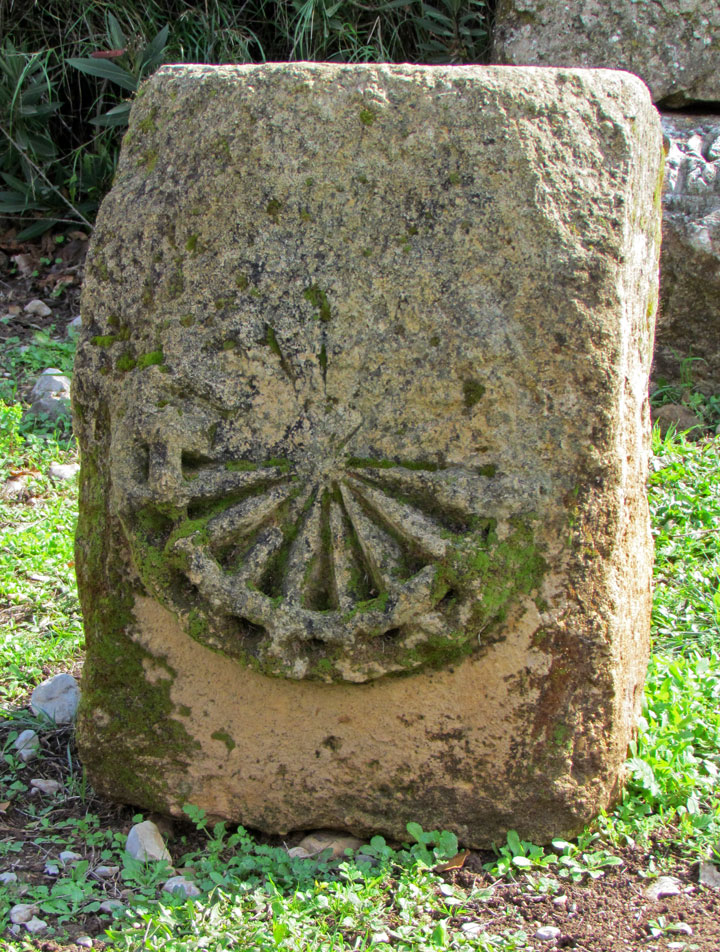
The depopulation of Paneas after the Muslim conquest was rapid, as the
traditional markets of Paneas disappeared (only 14 of the 173 Byzantine sites in
the area show signs of habitation from this period). The Hellenised city fell
into decline. At the council of al-Jabiyah the administration of the new
territory of the Umar Caliphate was established, Paneas remained the principal
city of the district of al-Djawlan (the Golan) in the jund (military Province)
of Dimshq (Damascus), due to its strategic military importance on the border
with Filistin (Palestine).
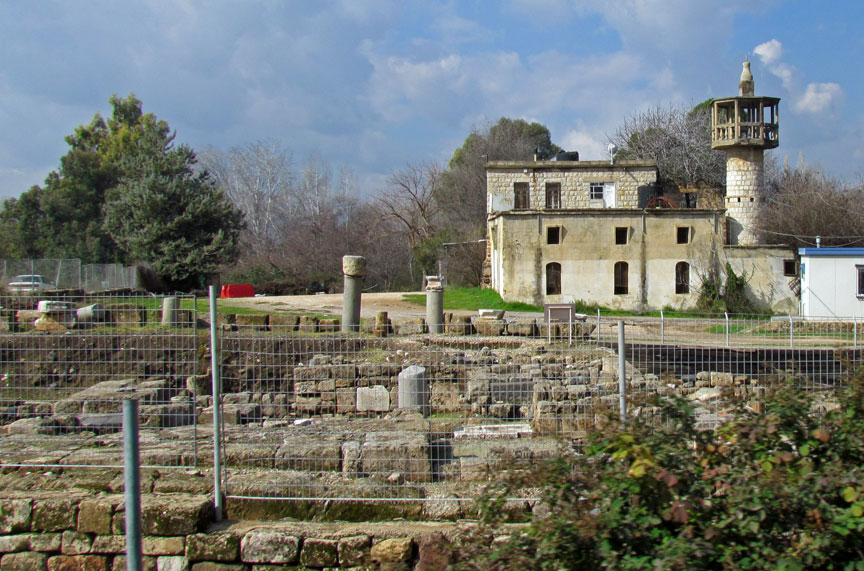
Around AD 780 the nun Hugeburc visited Caesarea and reported that the town had a
church and a "great many Christians" but does not record any Christians as
living in the town at the time of her visit.
Text from Wikipedia